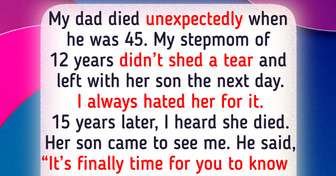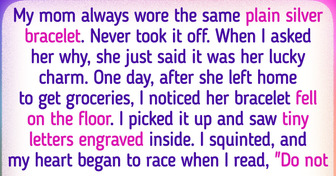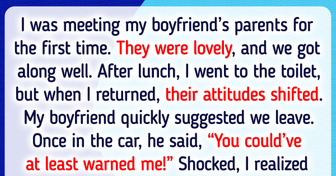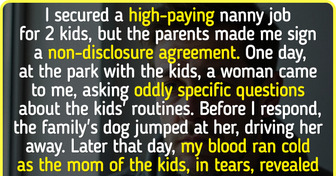22 Happy Couples Shared Photos Through the Years of Their Relationship
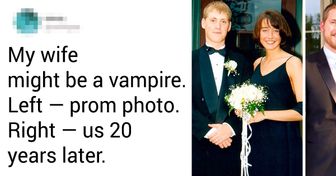
Neil Armstrong had been getting ready for his mission to the Moon for over three years. To resist microgravity conditions, he had to learn how to walk sideways, by being strapped and suspended at an angle and trying to walk along walls. His limits were tested through an intense diet and sleep regimen since in space he would only have beef and vegetables previously dehydrated and stuffed into a package.
Back in the day, astronauts had to experience the desert, jungle, open sea, and arctic survival training. These days it’s a lot more structured, but back then it was more of a “let’s drop this person in the middle of nowhere with no supplies and see if they make it.” Before landing on the Moon, he had to gather and study rock samples in the Grand Canyon, explore ancient volcano formations in the Nevada National Security Site, and look into gas and lava vents, lava lakes, and pit craters in various locations in Hawaii.
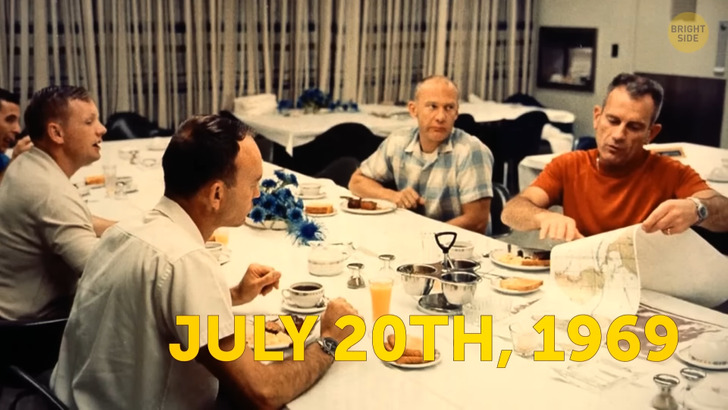
On July 20th, 1969, Armstrong was given a hearty breakfast before blast-off: steak, eggs, toast, juice, and coffee. He received what doctors call a “low residue” meal, which means he wouldn’t have to go to the bathroom soon after.
It took him 109 hours and 42 minutes to reach the surface of the Moon, in an area called The Sea of Tranquility. He had to travel 240,000 miles to get there. The crew could have gone for the Ocean of Storms or the Central Bay, but this place was chosen for landing because it had good visibility, was relatively smooth, and was easily reachable with as little propellant as possible.
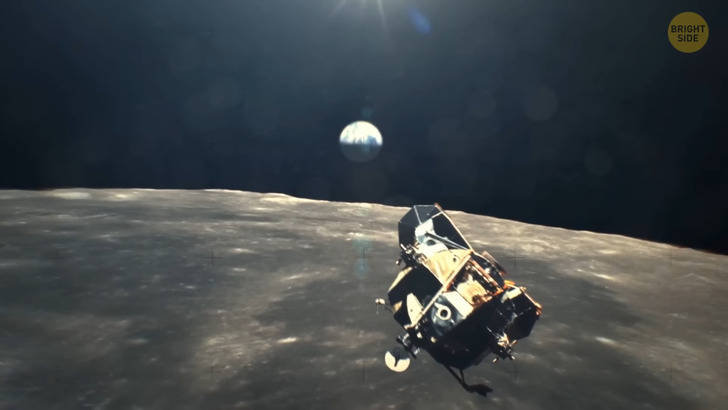
When he was at about 500 feet above the surface of the Moon, Armstrong had to maneuver the spacecraft manually, to make sure they wouldn’t land in a dangerous crater. He continued to hover for about a minute and a half, moving it sideways until he felt comfortable to land. As soon as his device landed safely, he immediately radioed to Mission Control, located in Houston, Texas, the now famous message: “The Eagle has landed”.
Steadily, he went down the lunar module’s ladder, while a television camera was attached to the craft to record his progress. The camera also transmitted the signal back to Earth, where hundreds of millions of people were anxiously watching. At precisely 10:56 PM EDT on that same day, Armstrong placed his feet onto the lunar soil, saying: “That’s one small step for man, one giant leap for mankind.”
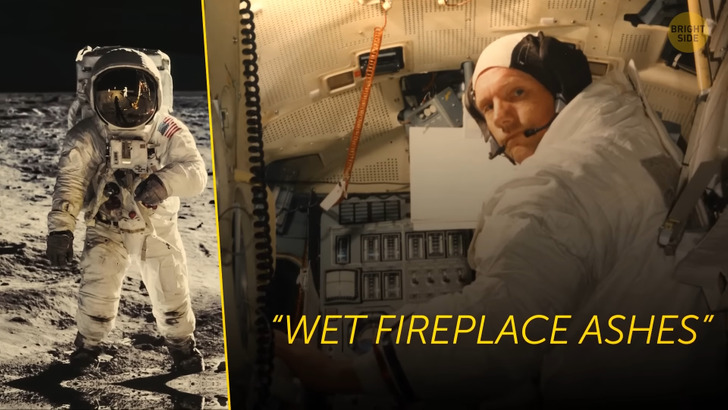
The schedule said that the astronaut needed to sleep before the first moonwalk, but he chose to go outside earlier than planned since he obviously couldn’t sleep! If Armstrong had walked on the Moon without special equipment to breathe, he would have smelled a weird odor, sort of musty and sulfuric. Still, he had the chance to smell it when he returned to the lunar module. The thing is, the dirt had clung to his feet, so the odor spread all over the cabin. He described it as wet fireplace ashes, or how the air smells after fireworks shows.
Who would have thought you needed to pack a scented candle when going to the Moon? Apart from the people that have since made it to the Moon, no one ever got the chance to know precisely what the crew was smelling. Even during that first mission, when moon soil and rock samples were transported to labs in airtight containers, once they were opened back on Earth, surprisingly, the smell was gone!
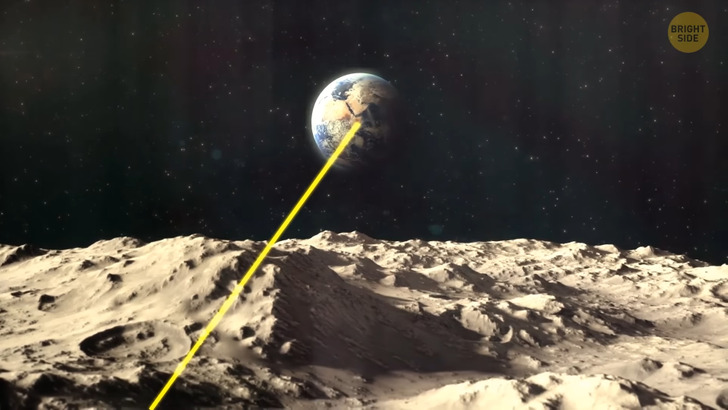
He also felt the surface of the Moon to be “fine and powdery”, but said he had no difficulty in moving around. One other member of his crew joined him about 20 minutes later. The whole moonwalk took a bit over 2 hours.
During this time, Armstrong and his teammate set up various devices on the surface of our satellite. One was meant to precisely measure the exact distance from there to Earth, by timing how long it took for a laser beam to travel from Earth to the lunar surface and back. Another was meant to measure moonquakes and potential meteor impacts, which leads us to the discovery that the moon was pretty alive after all. We know today that the largest moonquakes are much weaker than the largest earthquakes, though their movements can last for up to an hour, way longer than on Earth.

They managed to gather somewhere around 50 pounds of rock and soil samples. They also snapped many photographs of the terrain where they also planted a U.S. flag. The astronaut even got the chance to catch up with President Richard Nixon — for less than a minute though. The final thing on the list for Armstrong was to go for a walk to what is now known as East Crater, 65 yards east of the lunar module. It was the greatest distance traveled from the spacecraft on that specific mission — approximately the length of half of a football field.
As soon as his tasks were done, Armstrong went back into the lunar module and safely closed the hatch to get some sleep. While preparing for liftoff, Armstrong and his crew discovered that, because of their chunky space suits, they managed to break the ignition switch for the ascent engine! “No big deal,” they thought, so they used part of a pen to push in the circuit breaker to start the launch sequence.
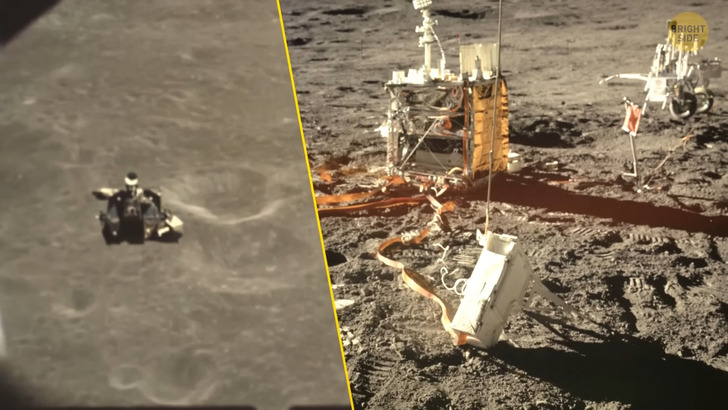
At 1:54 p.m. the famous Eagle began to ascend. Apart from the scientific equipment installed on the surface of the Moon, a plaque was also left there. It read “Here men from the planet Earth first set foot upon the moon—July 1969 A.D—We came in peace for all mankind.” Years later, Armstrong said that NASA limited their time on the moon because they didn’t know how the spacesuits would handle the Moon’s extreme temperatures — as high as 260 degrees F during the day to as low as 280 degrees F below zero at night.
Things got a bit more complicated when Armstrong landed back on Earth since he had been exposed to unknown space particles. The result? He and his team had to be placed in planetary protection quarantine on their return, as soon as their space capsule safely splashed down in the Pacific Ocean, on July 24.
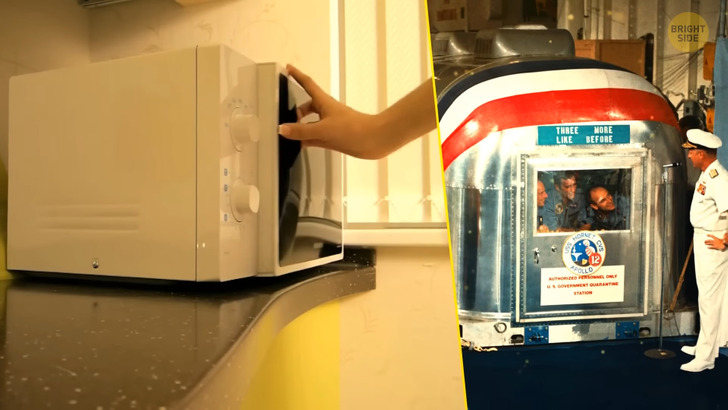
That specific quarantine for the Apollo 11 astronauts is one of the reasons why we have microwaves in our kitchens today! When they first returned from the Moon, they initially spent their first few days in a Mobile Quarantine Facility (or MQF). Sure, the MQF featured comfortable chairs, bunks, a toilet, and showers, but it didn’t leave a lot of space for fancy cooking.
Since there was no room for a standard oven or grill and to also reduce the potential fires that might have occurred, NASA had to get creative. That’s how the original countertop microwave oven was developed, to easily help astronauts get their meals without the hustle of a fully equipped kitchen. These days you can see that first microwave in a museum in Oakland, California.
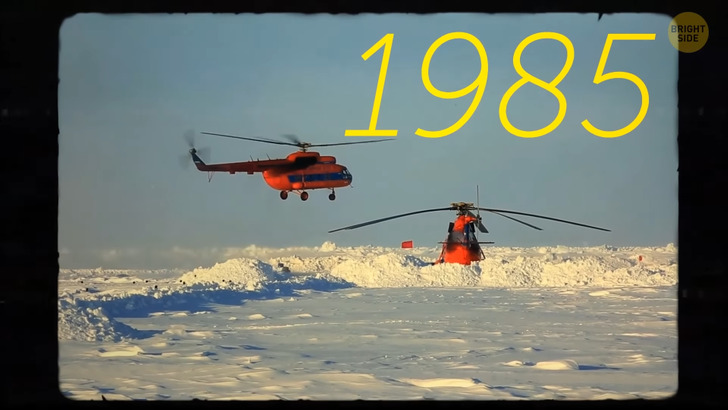
After returning to Earth, Armstrong claimed he would never reach for the stars again. But he didn’t stop exploring, though. Back in 1985, he joined a professional team of other “greatest explorers” to the North Pole. He was joined by mountaineer Edmund Hillary, aviator Steve Fossett, and photographer Patrick Morrow, reaching the Pole on April 6, 1985. Armstrong claimed he wanted to see what the Earth’s icy pole looked like from the ground since he had only seen it from the surface of the Moon!
The Apollo 11 mission was nevertheless unforgettable for Armstrong since, in 2015, the Smithsonian Institution uncovered that he had kept hidden a cloth bag full of small parts from the lunar module. It included his waist tether, some utility lights and their brackets, an emergency wrench, and the optical sight that was mounted above Armstrong’s window of the space module. It also contained the data acquisition camera that recorded the iconic footage of Armstrong taking his “small step” on the moon.

Armstrong kept it to himself for many years, until his widow, Carol, eventually found it. He even kept it a secret from his official biographer, who at many times asked if he had kept any memorabilia from his famous mission.
He didn’t sneak those objects back to Earth, though, he just mentioned it to be “a bunch of trash he wanted to bring back.”



